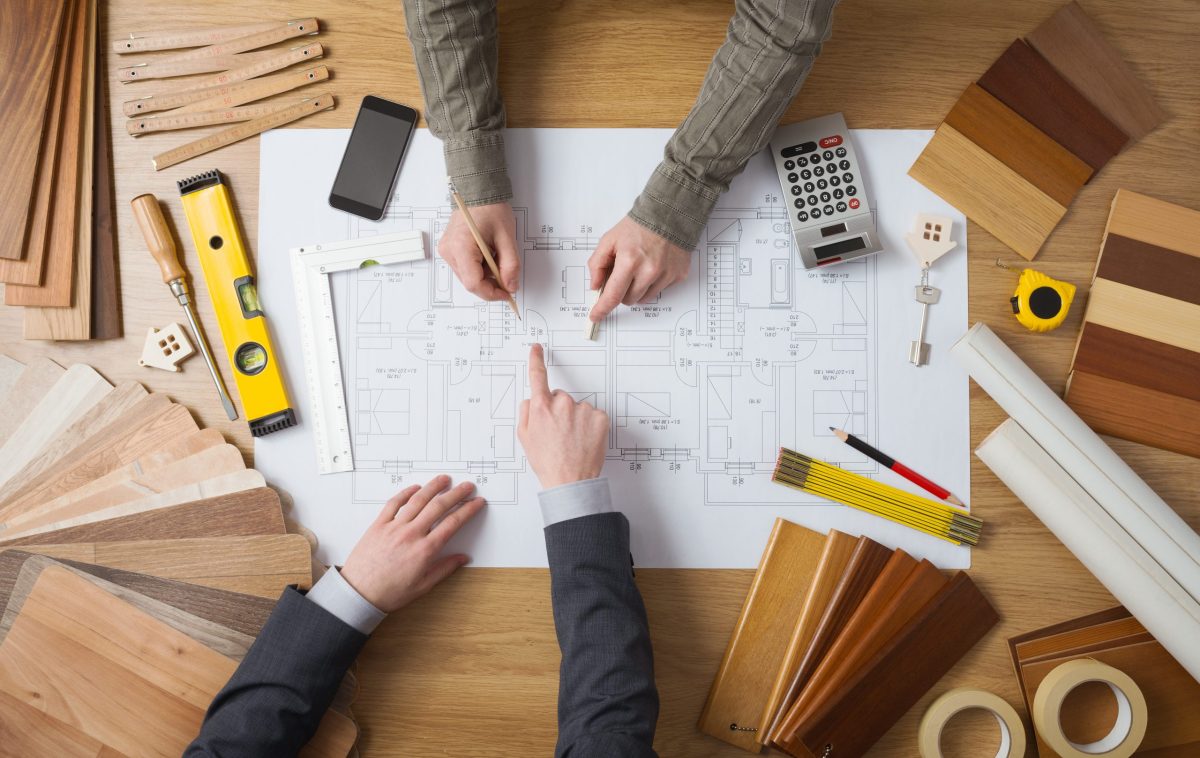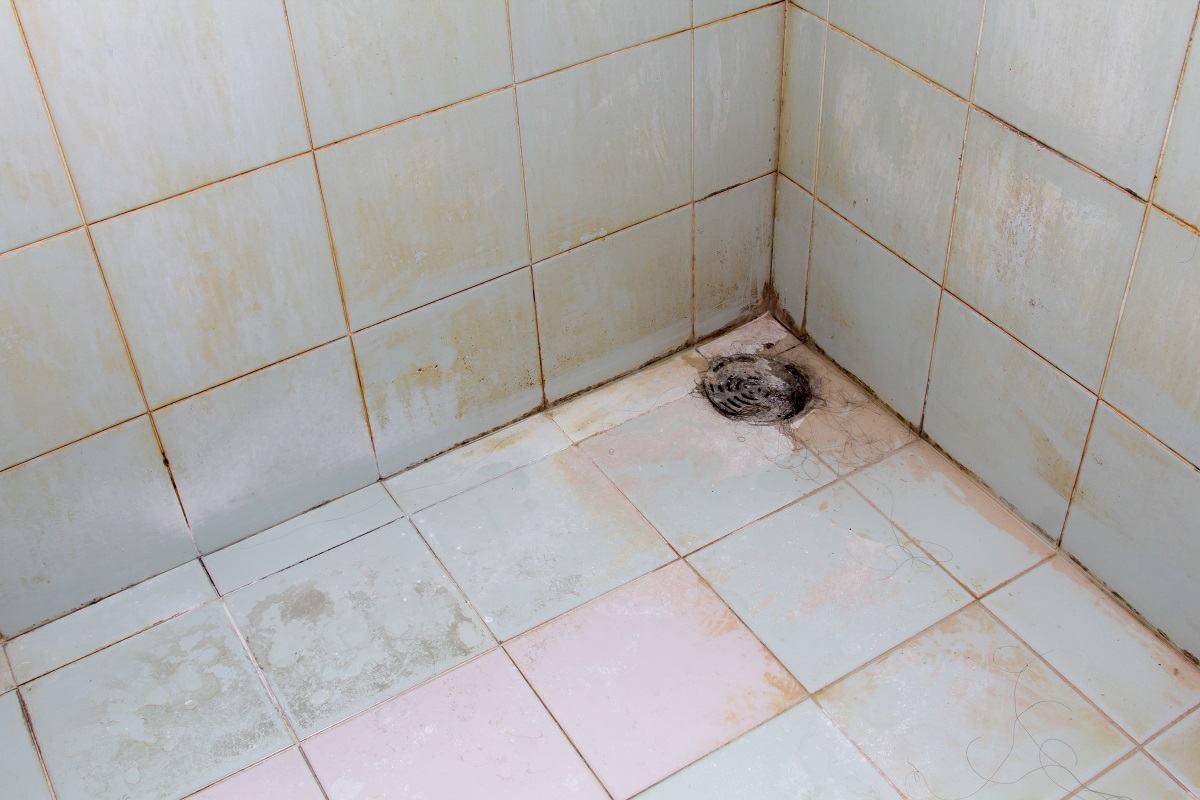- Old houses may contain lead paint and asbestos, which can cause serious health risks.
- Structural deterioration is common in old homes and can be unsafe and expensive.
- Outdated plumbing and electrical systems can be a safety hazard and require professional updating.
- Due to drafty windows and poorly insulated attics/basements, older homes lack energy efficiency.
- Improving the bathroom, kitchen, and windows/doors can help make an old house more livable and efficient.
For many homeowners, owning an old house can be a dream. The charm of a vintage home, coupled with the sense of history and tradition, can be alluring, but it’s important to remember that owning an old home also comes with risks.
Houses built before the 1950s were constructed with different materials, may have outdated systems, and can pose health risks if improperly maintained. Here are some dangers of having an old home to help you decide whether owning one is right.
Old Homes in the U.S.
It’s estimated that about 10 million homes are considered “old” in the U.S., meaning that they were built before 1950. These houses have outdated mechanical systems and wiring, which can be inefficient and a safety hazard. Here’s what you need to know about these homes and how to improve them if you have one.
Health Risks
Old homes are more likely to have lead paint and asbestos, posing severe health risks if not addressed.
Lead paint was used extensively in homes built before 1978 and can cause developmental disabilities, learning problems in children, and even death in extreme cases. Asbestos, a mineral fiber used extensively in building materials until the 1970s, can cause lung cancer and other respiratory diseases if inhaled. The bottom line is if you have an old home, it’s essential to get it inspected by professionals to ensure that it’s safe for you and your family.
Structural Deterioration

Houses get old and suffer wear and tear over time. In an old house, the foundation could shift, the walls could crack, or the roof could leak. Houses, over time, may also experience movement and shifting and require shoring up to maintain structural integrity. Older homes may also be made of wood from older growth, making it less rot-resistant than modern wood.
Living in a structurally deteriorated home can be unsafe, expensive, and risky from a financial investment standpoint. If you’re considering buying an old house, having a structural inspection and budget for any recommended repairs is essential.
Outdated Plumbing and Electrical Systems
Old homes may have older plumbing and electrical systems prone to leaks, bursts, or fires. The electrical systems of older homes often cannot accommodate the electrical load of today’s devices and gadgets and require upgrading to ensure inhabitants’ safety. The pipes and plumbing can also be made of old materials like lead and cast iron, which may need a professional to replace safely. Upgrading outdated systems can be costly, so you must consider these considerations when budgeting for an older house purchase.
Lack of Energy Efficiency
Older homes are likely to be less energy-efficient than modern houses. Old windows designed to let drafts in may cause the home to be cooler than desired, leaving heating bills soaring every winter. Leaky ductwork and poorly insulated attics and basements can also increase heating and cooling costs. Upgrading insulation, windows, and HVAC systems can increase your home’s efficiency and help lower your energy bills, but you should budget for these upgrades.
Tips to Improve Your Old Home
Dealing with the problems above can be daunting, but there are some steps you can take to make your old home more livable and energy-efficient. Here are a few tips to get started:
Bathroom

First, start with your bathroom, as it’s likely most affected by old home problems. Consider modernizing it by updating your shower. First, consider installing robust frameless shower doors. This kind of door is much better than the old-fashioned sliding or hinged doors, as they look much more durable.
Also, update your faucets and bathroom fixtures. The new designs available today can help make your home’s bathroom look cleaner and more modern. Finally, replace outdated tiles with modern ones that will give your bathroom a fresh touch.
Kitchen
Next, move on to the kitchen. Replace outdated appliances with newer models that offer energy-efficient options—this also applies to your lighting system. You may want to consider installing smart lights in your kitchen that can be controlled via voice commands or an app. This technology is becoming increasingly popular in modern homes and can save you money in the long run by reducing energy consumption.
Windows and Doors
Finally, update your windows and doors. Old windows are often drafty and inefficient, so consider installing modern double-paned windows to insulate the home from temperature changes outside better. In addition to increased energy efficiency, these windows look much nicer than old single-pane styles. Replace any worn or damaged door frames with sturdier materials like steel for added security.
By assessing the risks of an older house and making necessary improvements, you can ensure your home is safe while still enjoying its vintage charm. Purchasing an old home can be a significant financial investment if done right—ensure you research before committing!
